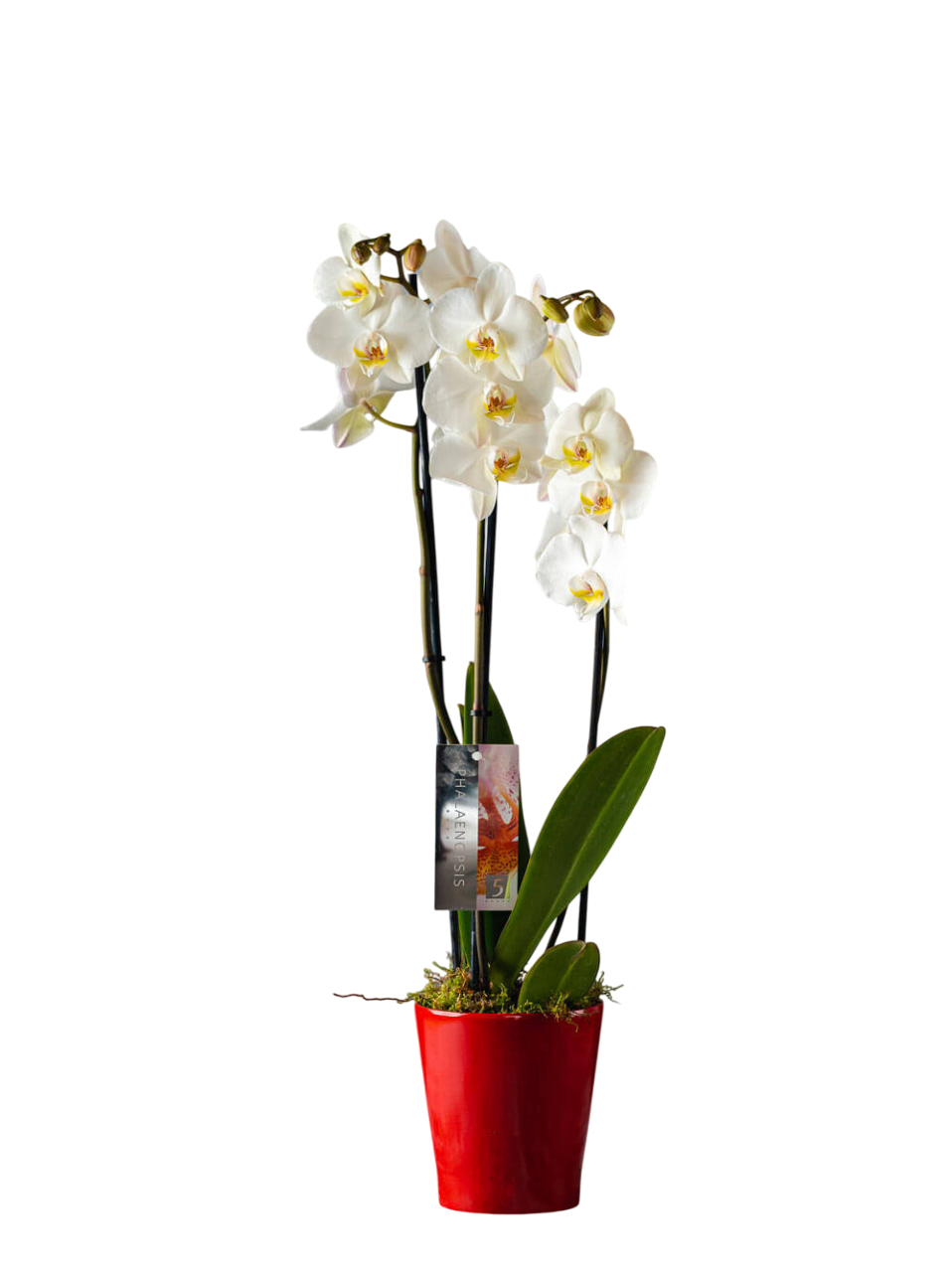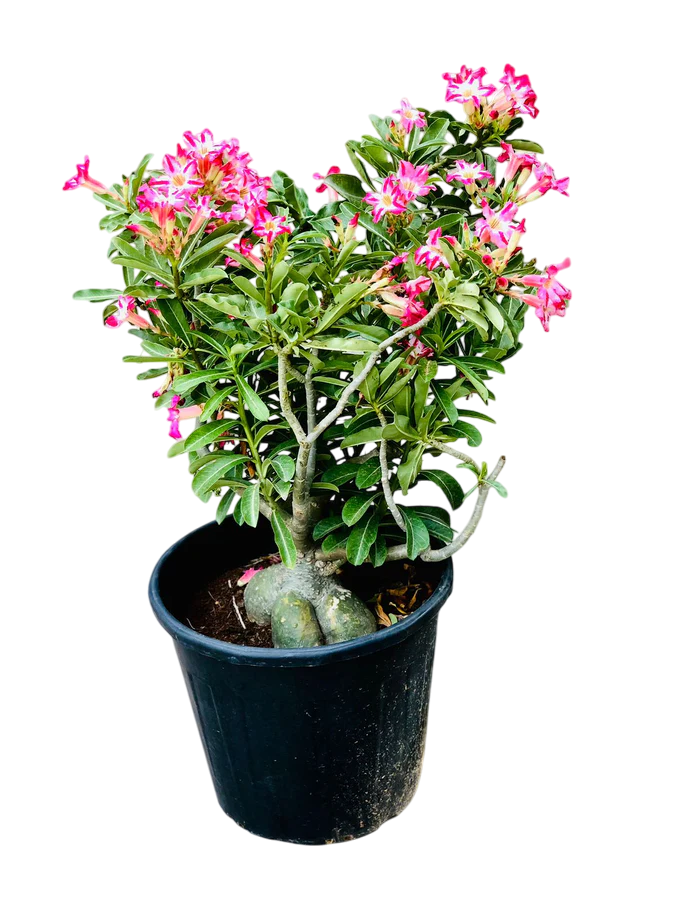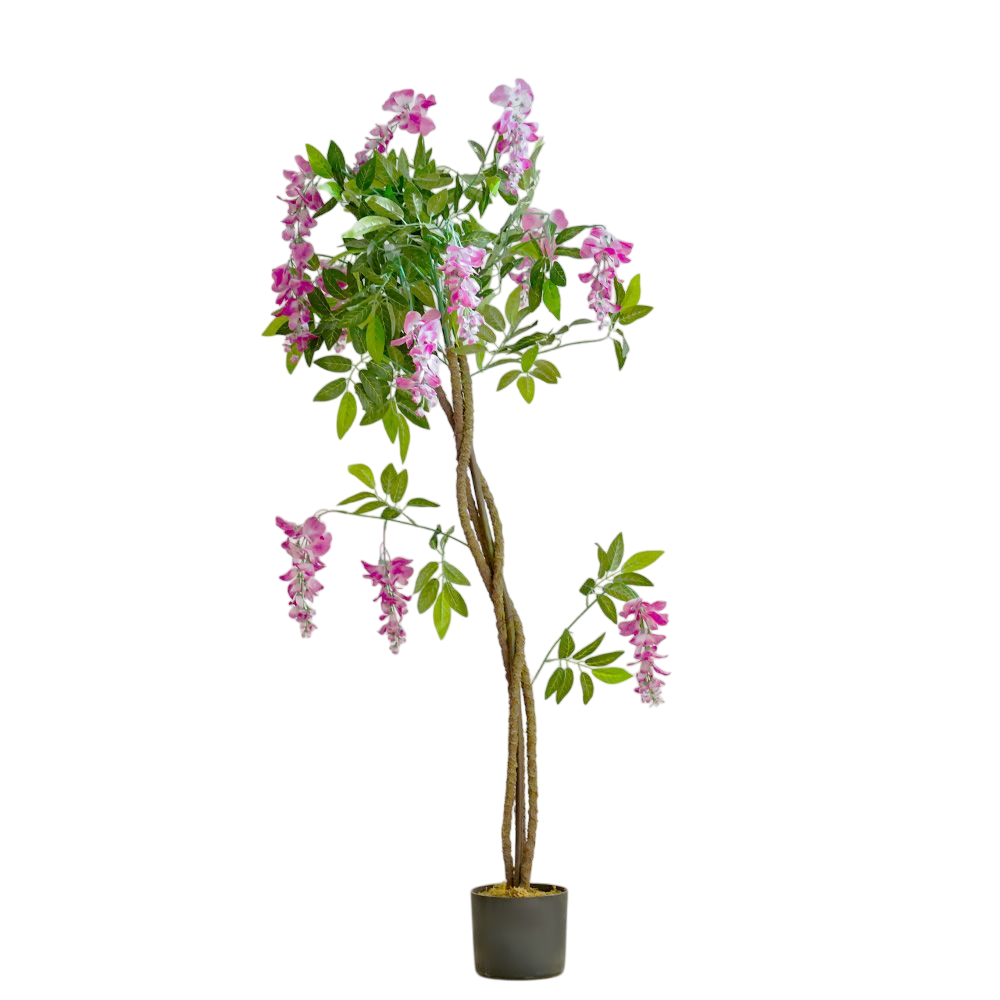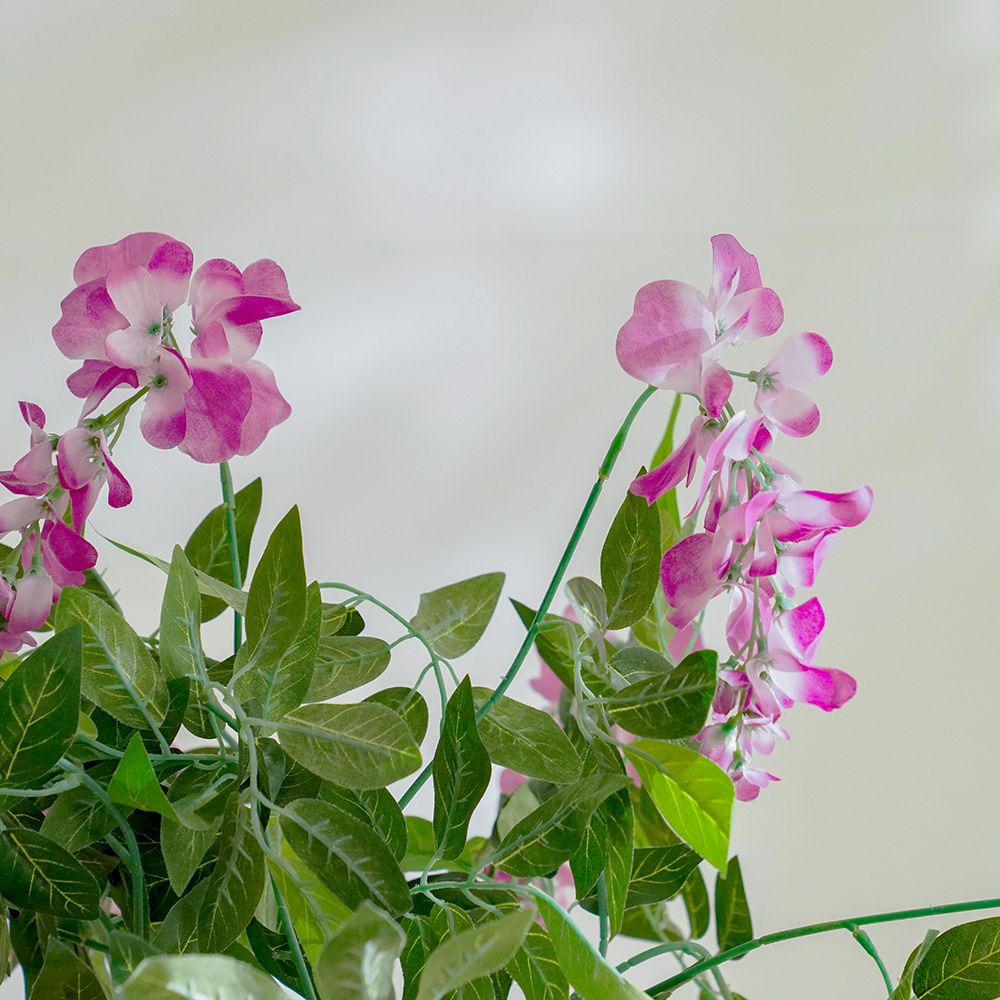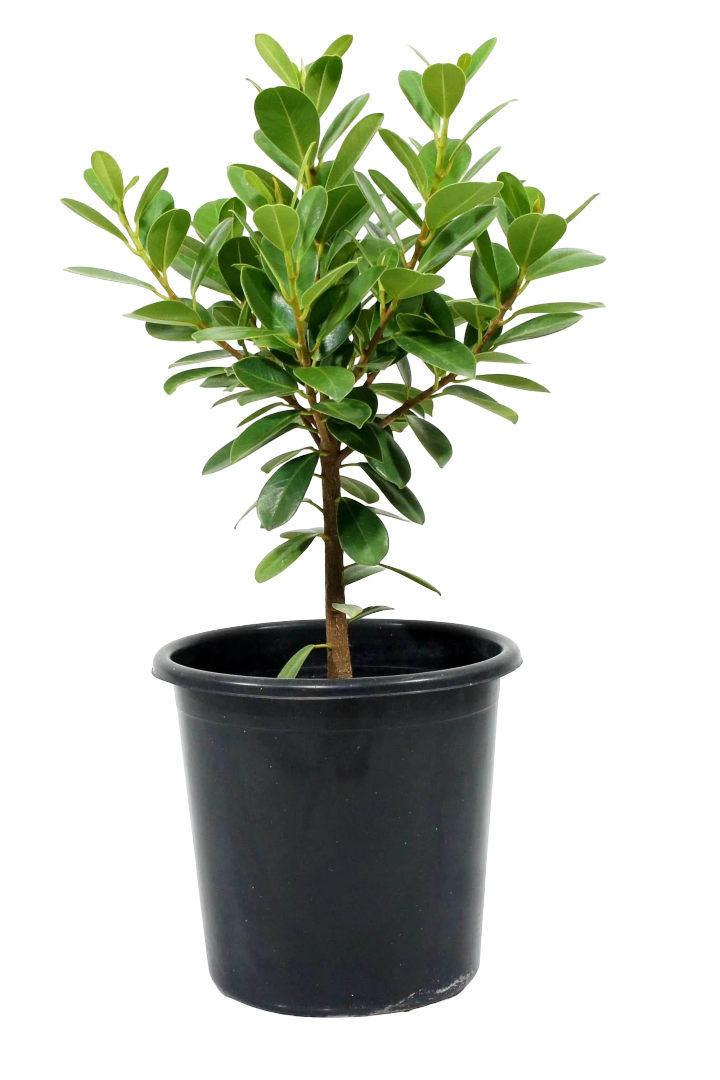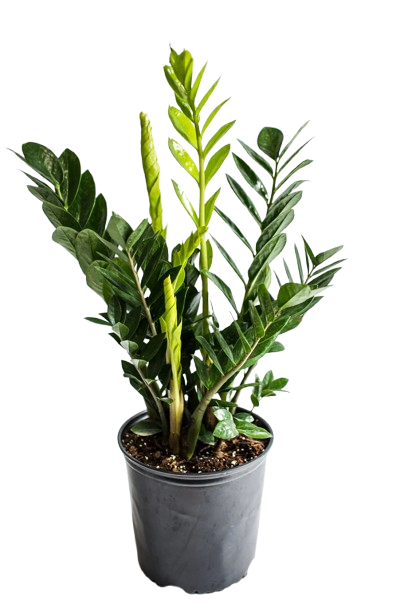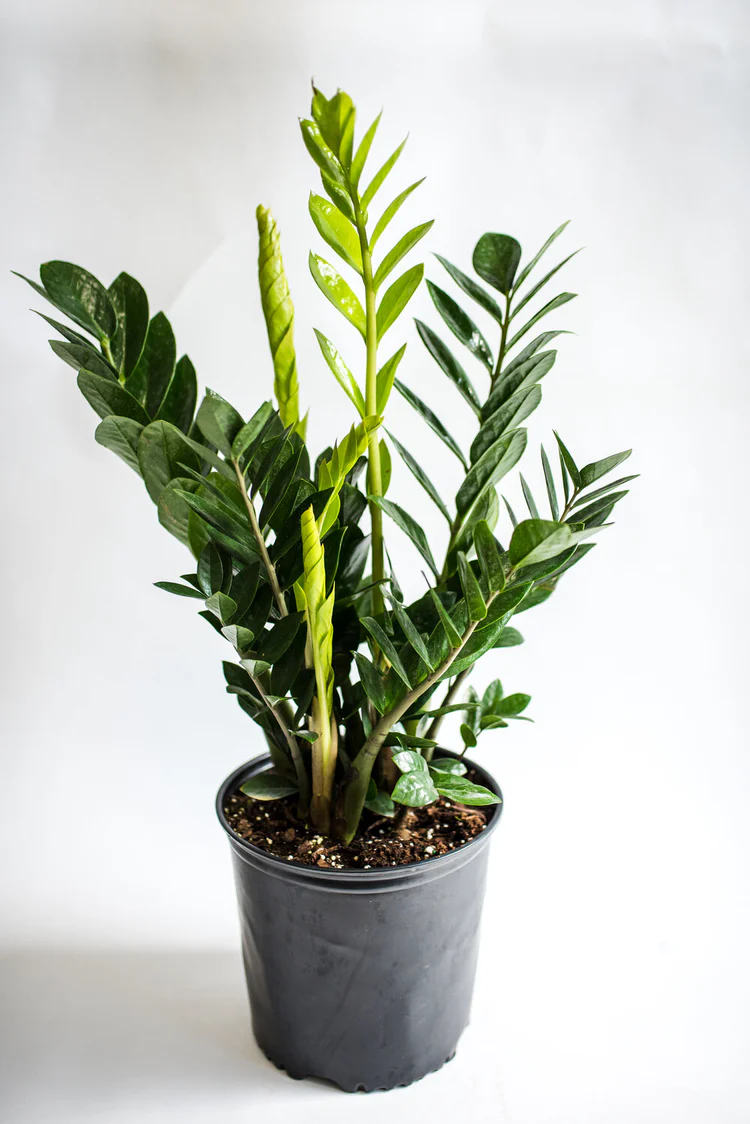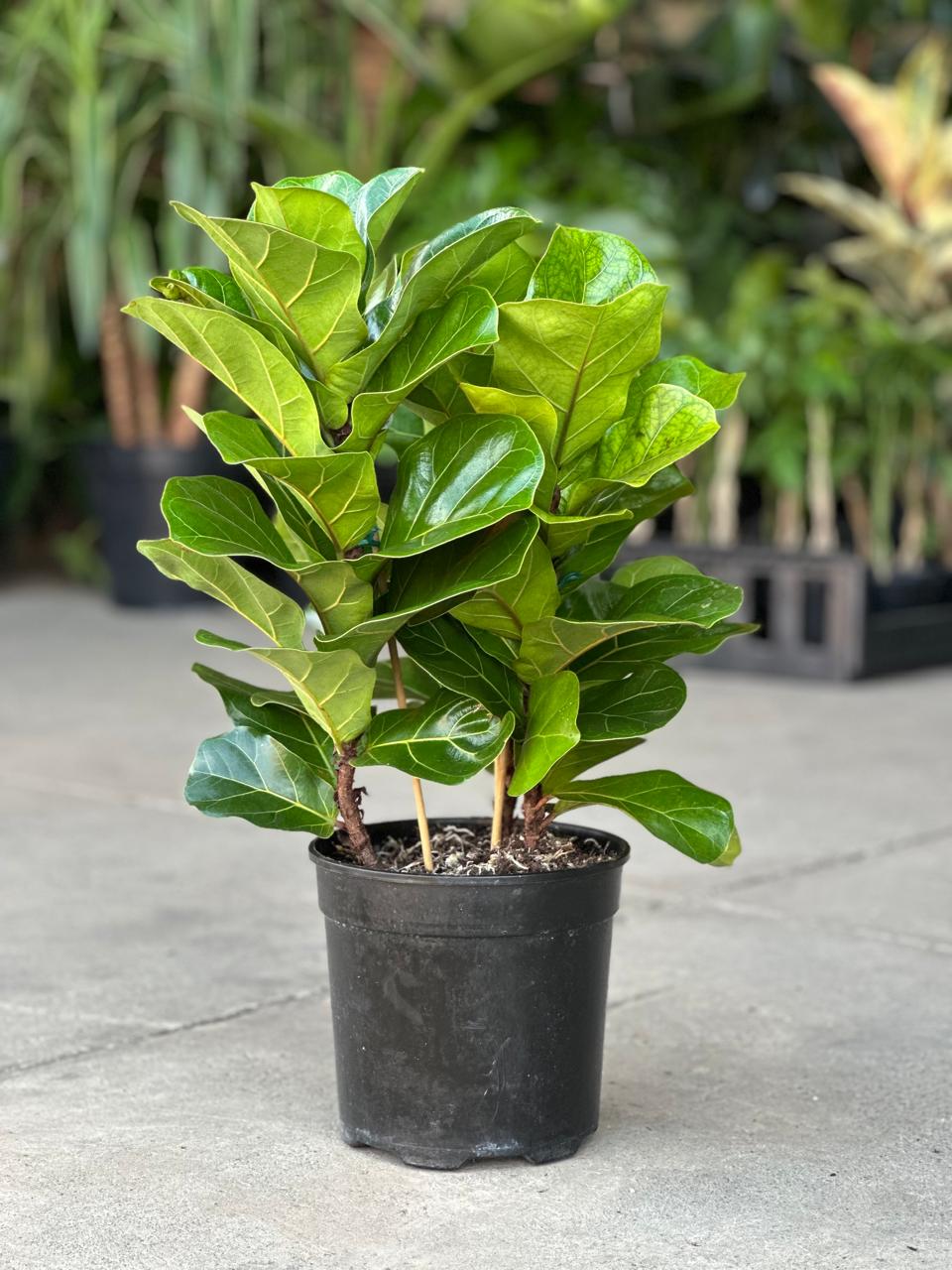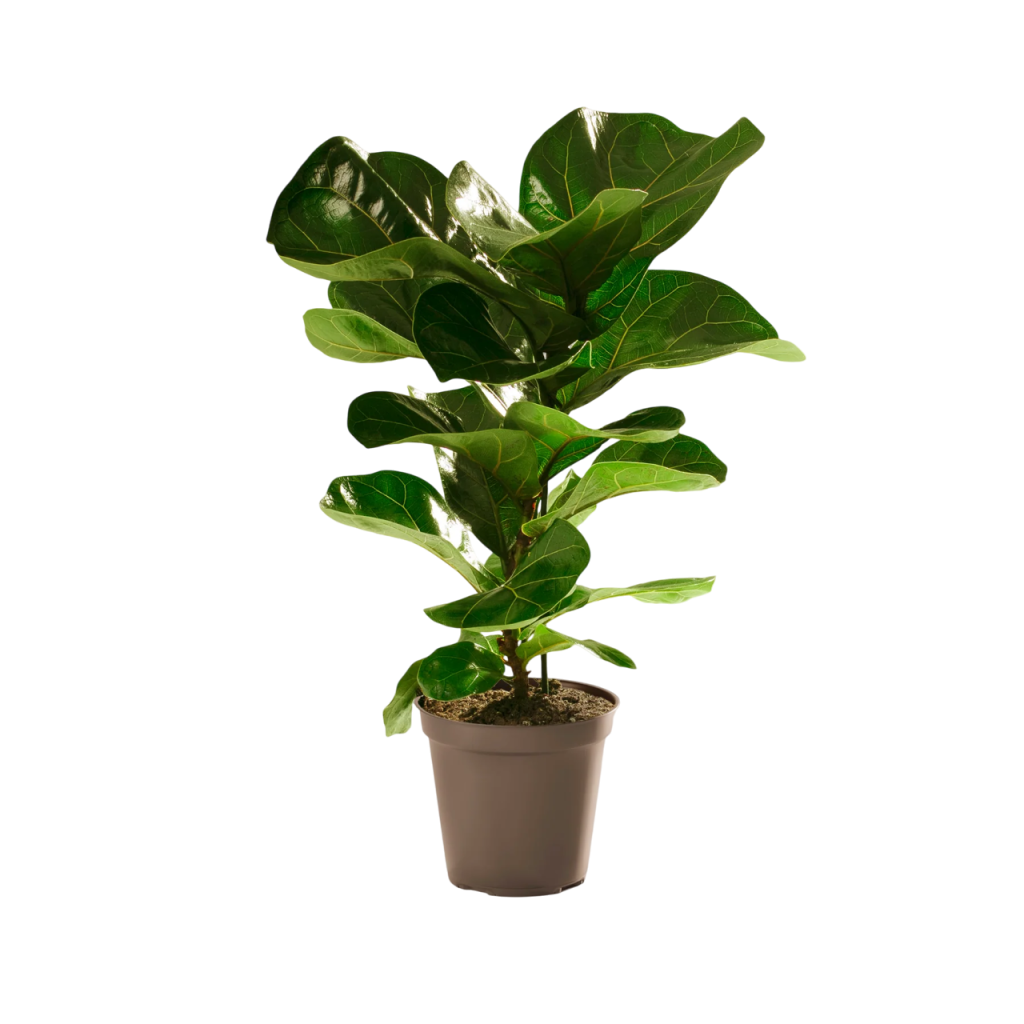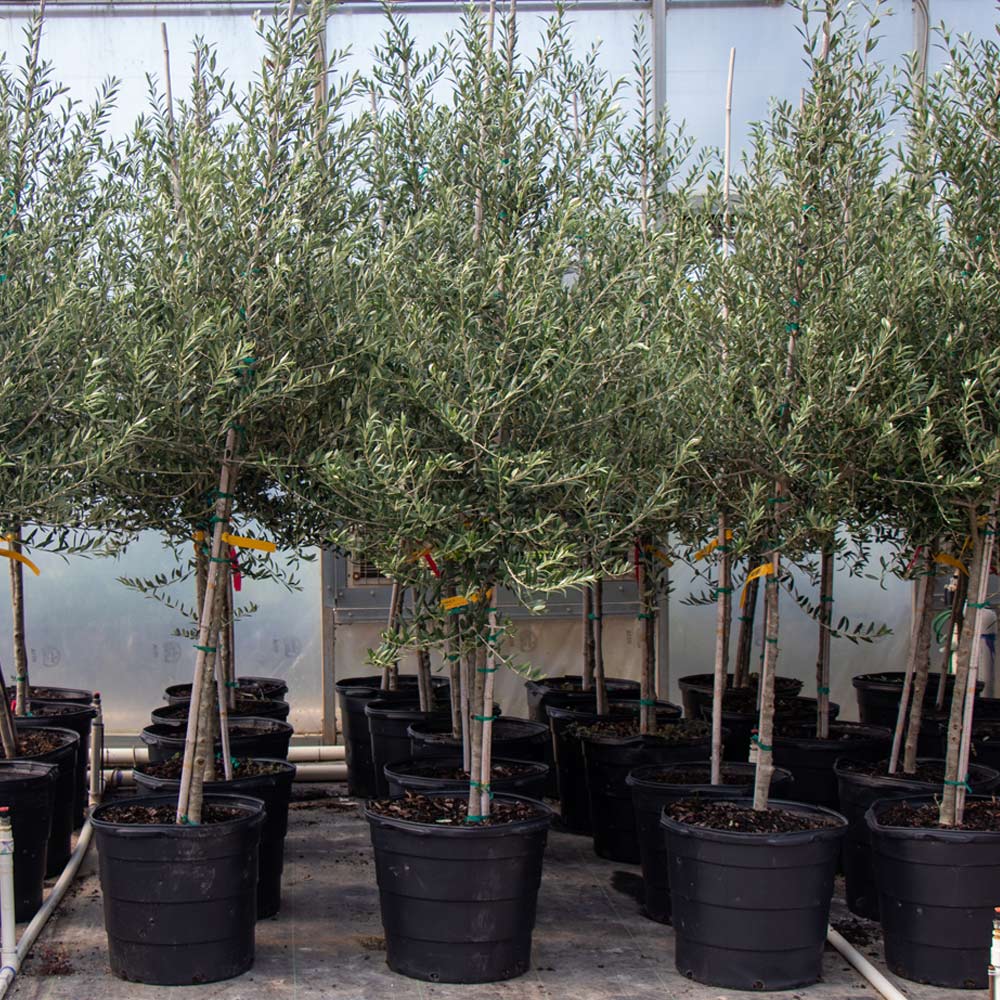Olea europaea ‘Arbequina’ Olive Tree in Kenya: A Compact, Fruit-Bearing Beauty
The Olea europaea ‘Arbequina’ is one of the most beloved olive tree varieties worldwide, known for its compact size, gentle weeping branches, and deliciously fruity olives. In Kenya, this variety has gained popularity both as a beautiful ornamental tree and as a productive fruiting olive that adapts well to our climate. Whether grown in a garden, container, or courtyard, the Arbequina olive adds Mediterranean elegance and practical value to any space.
Why Grow This Plant?
- Fruit-bearing: Produces small, flavorful olives ideal for curing or oil pressing.
- Compact and manageable: Perfect for small gardens, patios, and balconies.
- Drought-tolerant: Well-suited to hot, dry Kenyan regions.
- Long-lived and resilient: Can thrive for decades with proper care.
- Decorative appeal: Silvery green foliage adds Mediterranean charm.
Cultural & Historical Significance
The olive tree is one of the oldest cultivated trees in human history, originating in the Mediterranean over 6,000 years ago. In Greece, olives symbolize peace and wisdom. In Christianity and Judaism, olive oil represents blessing, healing, and anointing. Across North Africa and the Middle East, olives are central to both cuisine and daily life. Today, the ‘Arbequina’ variety is renowned in Spain for producing smooth, aromatic olive oil. Bringing this tree into your Kenyan home connects you to rich culinary and cultural traditions around the world.
Ideal Growing Conditions in Kenya
- Light: Full sun (at least 6–8 hours daily).
- Temperature: Thrives in warm climates, ideally 18°C–32°C.
- Soil: Well-draining sandy or loamy soil; avoid waterlogged areas.
- Watering: Moderate—water deeply then let soil dry slightly.
- Best Regions: Nairobi, Machakos, Naivasha, Nanyuki, Eldoret, Nakuru, Kitengela, and other warm highland areas.
How to Plant ‘Arbequina’ Olive
- Choose a sunny spot or large pot with drainage.
- Dig a hole twice as wide as the root ball (or prepare a well-draining potting mix).
- Remove the olive tree from its nursery bag and gently loosen roots.
- Place the tree and backfill with soil, ensuring the base remains level with the ground.
- Water deeply and mulch to retain moisture.
Care Tips
- Water regularly during establishment, then reduce to deep weekly watering.
- Prune lightly to shape and encourage airflow.
- Feed with organic compost or slow-release fertilizer twice per year.
- Do not overwater—olives dislike “wet feet.”
- Provide good air circulation to reduce fungal issues.
Pests & Diseases
- Scale insects: Treat with neem oil spray.
- Aphids: Wash off with water or use mild organic soap spray.
- Root rot: Avoid waterlogged or compacted soil.
- Leaf drop: Often caused by sudden temperature changes or overwatering.
Pet Safety
Olive trees are generally non-toxic to pets and safe for homes with cats and dogs.
Growing in Containers
The ‘Arbequina’ is one of the best olive varieties for container growing. Choose a large pot with drainage, use a sandy or loamy mix, and place in full sun. Rotate the pot every two weeks so the tree grows evenly. Ideal for balconies, verandas, and terraces.
Where to Buy This Plant in Kenya
Find healthy Olea europaea ‘Arbequina’ olive trees and decorative planters at: https://planters.co.ke. Nationwide delivery available.
Final Thoughts
The ‘Arbequina’ olive tree is both beautiful and productive—perfect for Kenyan plant lovers who enjoy elegance, long-lasting greenery, and homegrown fruit. With sunshine and well-drained soil, this hardy tree will reward you with beauty and harvests for years to come.
Recent Posts
- Olea europaea ‘Arbequina’ Olive Tree in Kenya: A Compact, Fruit-Bearing Beauty
- Asplenium (Bird’s Nest Fern) : A Lush Tropical Indoor Favorite
- Lithops plants: The Unique “Living Stones” Succulent
- Azalea: A Burst of Color and Elegance for Kenyan Gardens
- Lavender : The Fragrant Herb of Calm, Beauty & Healing


